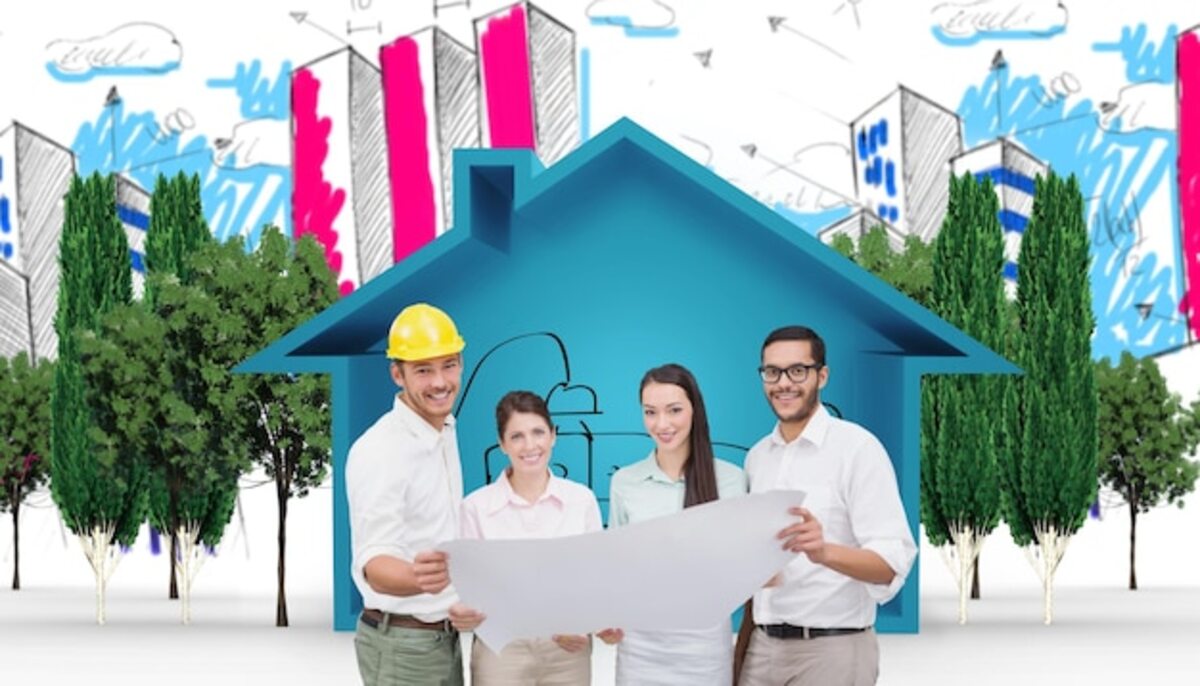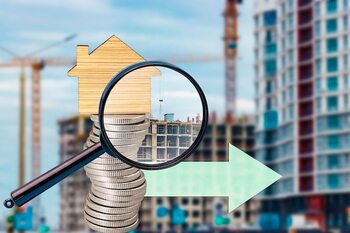The connection between community and the value of your property

The connection between community and the value of your property is an aspect that cannot be overlooked when considering the perfect location to live. In this article, we will explore how social dynamics and infrastructure in rural and urban environments directly impact the appreciation of your real estate. The decision of where to invest or settle can be crucial, not only for your personal well-being but also for the future value of your property. Discover how the community influences your investment and learn to make more informed decisions.
The importance of the sense of belonging in rural and urban areas
The sense of belonging is a fundamental element that influences people's lives, both in rural and urban areas. In rural environments, this sense often manifests through the closeness between neighbors and the mutual support that characterizes these communities. Social interaction and recognition within the group create a conducive atmosphere for personal and collective development. This emotional bond not only contributes to the well-being of the residents but can also increase property values as future buyers seek to settle in a place where they feel welcomed and part of something larger. On the other hand, in urban areas, although the dynamics may be more complex due to diversity and the fast pace of life, the sense of belonging remains crucial. Urban communities can create strong networks through local organizations, cultural events, or neighborhood activities. These aspects foster a collective identity that not only improves the quality of life but also attracts new residents and investors interested in properties with a strong community connection. Thus, in both rural and urban contexts, fostering a sense of belonging can be a decisive factor in increasing your property's value and ensuring its appreciation over time.
2. How does community infrastructure affect real estate value?
Community infrastructure plays a fundamental role in determining real estate value, as it directly influences the quality of life of residents and their perception of the area. Elements such as access to public transportation, the presence of quality schools, parks, shopping centers, and medical services are factors that enhance or diminish the appeal of a property. When a community has good infrastructure, it becomes a desirable place to live, which can result in higher demand for local properties, thus driving up their value.
Additionally, proper urban planning also affects the sustainable development of a community. Well-designed areas that integrate green spaces and recreational areas not only improve the aesthetics of the neighborhood but also foster a sense of belonging among residents. This emotional connection is essential; when people feel connected to their community, they are more willing to invest in it and take care of their properties. Therefore, when assessing the real estate value of a specific area, it is crucial to consider how existing and future infrastructure can impact both the social and economic well-being of its inhabitants.
3. Comparison: public services in rural vs urban environments
In the comparison between public services in rural and urban environments, it is essential to consider the availability and quality of these infrastructures. In urban areas, there is typically a wide range of services, such as access to drinking water, electricity, high-speed internet, and efficient public transportation. This robust infrastructure not only improves the quality of life for residents but also increases property values. Buyers often seek locations where these services are accessible and reliable, which can lead to higher demand and prices for housing. On the other hand, in rural environments, while the cost of living is generally lower and space may be more ample, the availability of public services can be limited. Many rural communities face challenges such as irregular access to the internet or inefficient supply of water and energy. This can negatively impact the perception of real estate value in these areas, as potential buyers may hesitate when considering places that lack essential amenities. However, some rural areas are beginning to invest in improving their infrastructure to attract new residents and investors, which could change this dynamic in the future.
Finally, it is important to note that community connection also plays a crucial role in how these services are perceived. In urban environments, although services are abundant, there is often a sense of social disconnection due to population density and the fast pace of life. In contrast, many rural communities offer a strong sense of belonging and enriching social interactions that can compensate for certain infrastructure shortcomings. Therefore, when assessing the potential value of a property, it is essential to look beyond the mere availability of public services; understanding how these aspects interact with the local community can be decisive for your real estate decisions.
4. The role of social connections in property valuation
Social connections play a fundamental role in property valuation, as they create a sense of belonging and cohesion within a community. A neighborhood where residents know and support each other tends to be more attractive to prospective buyers. Interpersonal relationships, such as proximity to friends and family, as well as active participation in community activities, influence how a property's value is perceived. This translates not only into greater personal satisfaction but also into higher demand from those looking to settle in areas with strong social dynamics.
Additionally, social connections are intrinsically linked to the perception of safety and quality of life that certain environments offer. Neighborhoods with good communication among their residents tend to foster a safe environment, where people feel comfortable and protected. This not only benefits current residents but also attracts potential buyers looking for a place to invest their money. Consequently, properties located in communities with strong social ties tend to maintain or increase their value more effectively than those in areas where these connections are weak or nonexistent.
5. Urban development trends and their influence on the real estate market
Urban development trends are constantly evolving and have a significant impact on the real estate market. Currently, many cities are adopting sustainable and community-centered approaches that prioritize the quality of life of their inhabitants. The creation of accessible public spaces, such as parks and plazas, along with the promotion of public transportation, fosters a sense of belonging among residents. This transformation not only improves the quality of the urban environment but can also considerably increase the value of nearby properties, as buyers seek locations that offer a balanced mix of convenience and connectivity. Moreover, the rise of remote work has led to a revaluation of areas previously considered peripheral. People are seeking properties in quieter environments that offer adequate services and a more relaxed lifestyle. This phenomenon is driving real estate development in suburbs and rural towns, enhancing their appeal for families and young professionals. As these areas develop and become prosperous communities, property values also tend to increase, which is essential for those looking to make a solid long-term investment. Thus, understanding these trends is crucial for making informed decisions about where to buy or rent a property.
6. Economic benefits of living in united communities
Living in united communities offers a series of economic benefits that can significantly influence the value of your property. First, social cohesion and a sense of belonging promote collaboration among neighbors, often resulting in the creation of community initiatives such as local markets, fairs, and cultural events. These efforts not only enhance the quality of life but also attract new residents and potential buyers interested in a vibrant and active environment. As a result, properties in areas with cohesive communities tend to maintain their value and may even experience accelerated appreciation.
Additionally, living in a close-knit community can reduce costs associated with utilities and neighborhood maintenance. Residents often organize to share resources and facilitate collective projects, such as beautifying public spaces or implementing recycling systems. This collaboration not only improves local infrastructure but also creates a more attractive environment for potential buyers. In this context, the economic value of properties is enhanced by the efficiency and sustainability that these community initiatives bring, which is a key factor to consider when investing in real estate.
7. How access to recreational spaces increases the value of your home
Access to recreational spaces is a fundamental factor that can significantly increase the value of your home. Green areas, parks, sports courts, and playgrounds not only provide a place for fun and recreation but also promote a healthy lifestyle. Proximity to these spaces translates into a higher quality of life for residents, which in turn attracts more potential buyers. By investing in a property near recreational facilities, you are enhancing its appeal in the real estate market, as many families prioritize such features when searching for their new home. Additionally, recreational spaces foster social cohesion within the community. These areas serve as meeting points where neighbors can interact and build meaningful relationships, creating a sense of belonging and security. When communities are vibrant and well-connected through outdoor activities and social events, it positively reflects on the value of surrounding properties. Essentially, having access to recreational places not only improves your daily experience as a resident but also acts as a catalyst for increasing the appreciation of your real estate investment.
8. Impact of population growth in urban versus rural areas
Population growth in urban areas is often accompanied by increased demand for housing, which can drive up property prices. Cities, by concentrating services, employment, and entertainment, attract more people seeking opportunities. However, this rapid urbanization can create challenges such as overcrowding and rising living costs. In this context, urban communities that manage to adapt to these dynamics often see an increase in their real estate value, while those lacking adequate infrastructure may face depreciation. Therefore, the impact of population growth is multifaceted and significantly depends on how each community manages its resources and services. On the other hand, rural areas experience a different type of population growth. Often, these regions are seen as an attractive alternative for those looking to escape the urban hustle and enjoy a quieter environment. Although demographic growth in rural areas tends to be more gradual, it can also positively influence local property values by fostering economic development and improving infrastructure. However, if this growth is not managed properly—such as without investments in transportation or basic services—it could lead to stagnation or even a decrease in real estate value. Thus, understanding how population growth affects both urban and rural environments is key to making informed decisions about real estate investments and accurately valuing your property within its community.
9. Strategies for evaluating communities before investing in a property
Before investing in a property, it is essential to evaluate the community in which it is located. One of the most effective strategies is to research the quality of life that the neighborhood offers. This includes analyzing factors such as safety, access to essential services (schools, hospitals, public transportation), and available recreational activities. Visiting the community at different times of the day and week can provide a clearer perspective on its environment and how it feels to live there. Talking to current residents can also offer valuable insights into the coexistence and social climate of the area.
Another key aspect to consider is the potential for future development of the community. Researching urban planning or infrastructure projects planned by local authorities can provide insights into how the value of your property may evolve over time. Additionally, observing demographic trends, such as an increase in the young population or economic improvements in the area, can be a positive indicator for future investments. Staying informed about these dynamics will enable more informed decisions that not only benefit your immediate interests but also ensure good long-term profitability.



